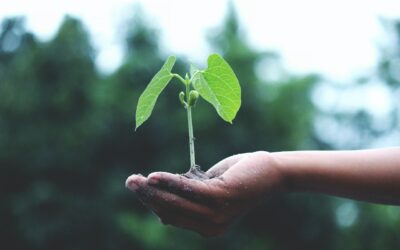This post was originally published on Climate Links
Linking Resilience and Climate: Resources from ResilienceLinks and Climatelinks
jschoshinski
Fri, 12/01/2023 – 15:41
Today’s program at COP28 includes a focus on relief and recovery, themes closely tied to resilience. Resilience is the ability of people, households, communities, countries, and systems to mitigate, adapt to, and recover from shocks and stresses in a way that reduces chronic vulnerability and facilitates inclusive growth. Climate resilience refers to the capacity of a system to maintain function in the face of stresses imposed by climate change and adapt to be better prepared for future climate impacts.
As part of USAID’s 2022-2030 Climate Strategy, the Agency is committed to supporting and scaling actions that build the climate resilience of people, places, ecosystems, and livelihoods vulnerable to climate change. One of its six high-level targets is to enable the improved climate resilience of 500 million people.
Given the importance of climate resilience to climate adaptation, ResilienceLinks and Climatelinks are highlighting some resources that explore the issue in depth. ResilienceLinks is a learning space guided by USAID’s Center for Resilience and managed by the USAID Feed the Future initiative that empowers humanitarian and development professionals with the tools to build a world where communities can withstand crises and thrive.
Here are some climate-related resources on ResilienceLinks to help humanitarian and development practitioners understand how their resilience work intersects with climate change programming.
How to Increase Financing for Urban Climate Adaptation and Resilience: 7 Key Actions for National Governments to Take
National governments can play a key role in enabling and scaling financing for urban adaptation. This policy brief presents key actions for national policymakers around the world to increase the amount of available finance for cities to respond to climate risks.
Resilience Evidence Forum 2023 Synthesis Report
In a world grappling with escalating crises, including climate change, resilience has never been more critical. The Resilience Evidence Forum 2023 Synthesis Report serves as a guide to resilience-building methodologies and evidence and offers actionable insights to inform investment, policy, and decision making.
Climate Related Game Changers Research: Enhancing Adaptation Program Impact to Address Climate Change
With communities already feeling the impacts of climate change, the Climate Related Game Changers report identifies three key areas of knowledge gaps that are inhibiting climate-related development programming and suggests innovative ways forward based on current research.
ResilienceLinks Newsletter: How Do Climate Finance & Migration Relate to Climate Adaptation Programming?
Climate adaptation programming is an important part of broader efforts to build overall resilience in countries and communities. This newsletter focuses on two important aspects of climate adaptation: climate finance and migration.
Visit ResilienceLinks for more insights and resources.





0 Comments